How to Prepare the Perfect
Cup of Japanese Green Tea
Standard Methods for Preparing
Japanese Green Tea
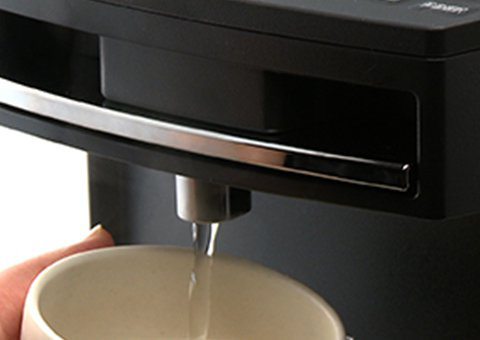
1. Pour boiled water into cups to cool water temperature.
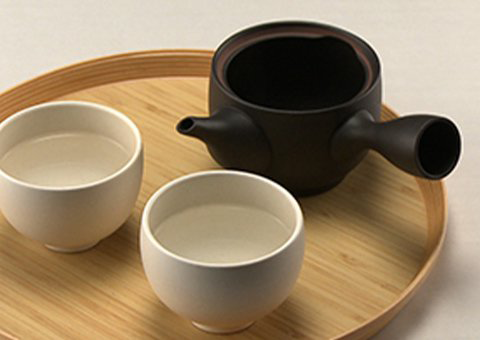
2. Point. Temperature will fall 10 degrees after being put into a cup.
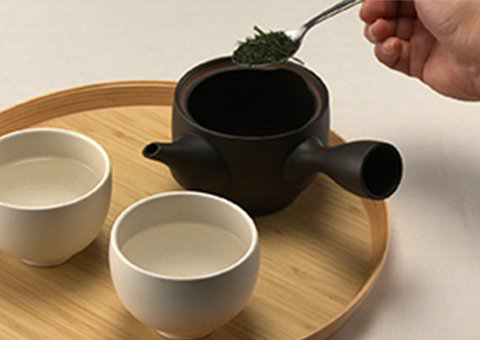
3. Put tea leaves and hot water in a teapot and wait for the appropriate time.
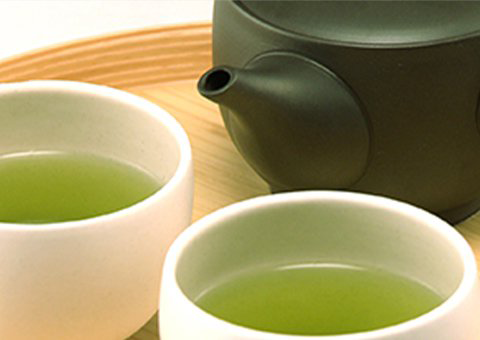
4. Pour every last drop of tea into each cup to ensure an even amount and taste.
| Type of tea | Amount of tea leaves | Water temperature | Amount of water(for 2 person) | Infusion time | The second brew |
|---|---|---|---|---|---|
| Sencha(standard) | 4.0g | 80 - 90℃ | 200ml | Approx. 30 seconds | For the second pot, water temperature should be slightly increased and infusion time shorter. |
| Sencha(high grade) | 4.0g | 80℃ | 200ml | Approx. 30 seconds | |
| Gyokuro(standard) | 6.0g | 50℃ | 100ml | Approx. 120 seconds | |
| Shincha | 4.0g | 70 - 80℃ | 150ml - 200ml | Approx. 40 seconds | |
| Bancha | 4.0g | 95℃ | 200mlml | Approx. 30 seconds | Boiling water for the second pot also. |
| Hojicha |
Important Principles for
Preparing Delicious Green Tea
Tea leaves are placed in a teapot, hot water is added to the tea leaves and left to infuse for a certain amount of time. Of course, preparation will vary according to such factors as local customs, personal tastes, occasion, time of day or season. Below is a number of key points to help you prepare delicious green tea and an explanation of various standard methods of preparation.
When preparing tea, the type of water used, water temperature, time the tea is left to infuse and the amount of tea leaves used are some of the main points in determining the flavor and aroma of the tea. To prepare the "perfect"cup of tea, it is best to choose a preparation method that suits the particular characteristics of the tea being prepared.
Choosing the right water
Generally, the best type of water to use in making green tea is soft water (low in calcium and other minerals) that is very slightly acidic. If using tap water, it is best to boil it first to remove any chlorine odor. If using bottled mineral water, hard water (high in calcium or magnesium) should be avoided.
Relationship between water temperature and flavor and aroma
Water temperature plays an important part in determining the taste and aroma of tea, and different types of tea require different water temperatures. This is because different components of tea dissolve at different temperatures. The astringency components (catechins) will be drawn out at temperatures over 80 degrees C, while the flavor components (amino acids [theanine]) require a lower temperature of around 50 degrees C to dissolve. For this reason, if one wishes to drink Sencha that is not very astringent, a temperature of around 70 degrees C is recommended, while for Gyokuro, a lower temperature is recommended to draw out the flavor more slowly.
On the other hand, for teas such as Hojicha and Genmaicha, which have unique aromas, boiling water or water close to 100 degrees C should be used. For people who prefer astringent Sencha, water should be over 80 degrees C.
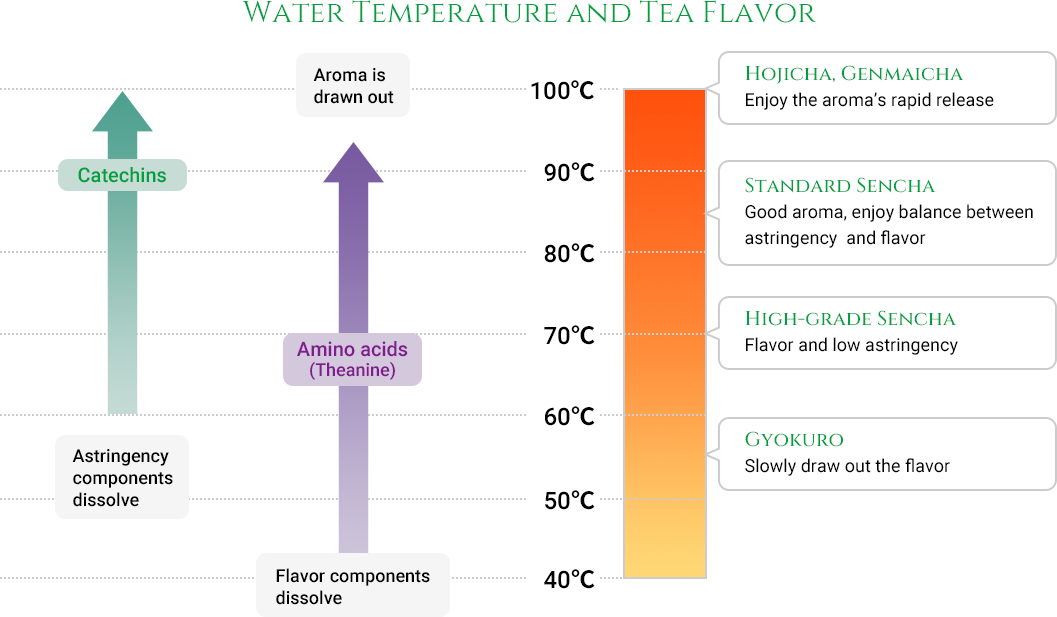
Tea Utensils for Everyday Use
There is a great variety of tea utensils used in Japan, depending on the occasion, type of tea drunk, region and individual preferences. The tea utensils - Chaki in Japanese - used for formal tea ceremony (Cha-no-yu) are distinct from those used everyday at home. Below is a basic introduction to the most common types of utensils used for tea making and drinking as part of daily life.
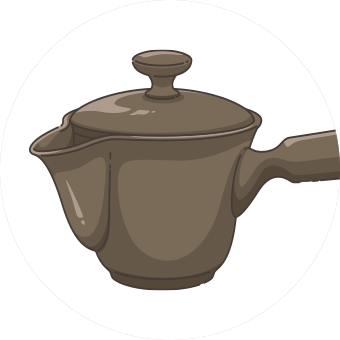
Teapot (Kyusu)
This is the most important utensil when making green tea. By choosing a teapot to suit the type of tea being prepared, one may enhance their enjoyment of the tea's particular flavor and aroma. In general, no matter what type of tea is being made, it is best to preheat the teapot with hot water, which is then discarded. For high-grade Sencha and premium green teas, such as Gyokuro, a small teapot is used. Everyday-use Kyusu are often a brown earthenware color with a handle on the side so the tea can be poured with one hand while holding the lid in place with the thumb. Most teapots come with a strainer at the base of the spout or a mesh insert suspended from the top inside the pot. Larger teapots are generally used for such teas as Hojicha and Genmaicha, and often have an arched handle across the top, made from cane.
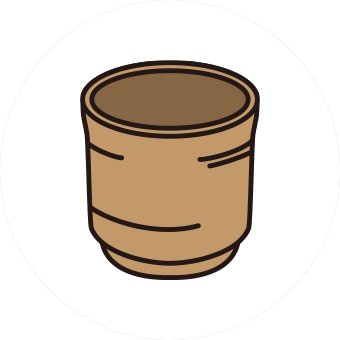
Tea cups (Chawan)
Similar to the teapot, enjoyment of the tea may be enhanced by using different cups depending on the type of tea. Small cups are used for the highest grades of tea, such as Gyokuro, while Sencha cups are typically small and shallow. Good tea is best drunk from cups that are white on the inside so that the drinkers may enjoy the color of the tea. Taller cups are generally used for Hojicha and Genmaicha.
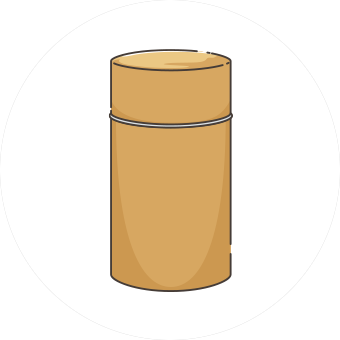
Tea caddy (Chazutsu)
It is important to keep tea leaves out of contact with moisture or oxygen as much as possible, so a good tea caddy is recommended for tea storage. Japanese tea caddies usually have an outer lid and an inner lid to ensure air-tightness. Tea caddies for everyday use are typically made of metal, such as tinplated steel.
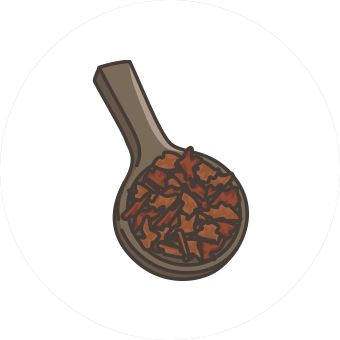
Tea scoop (Chasaji)
This is used to measure the amount of tea leaves when they are transferred from the tea caddy to the teapot. Japanese tea scoops may be made of wood, bamboo, or metal. A tea scoop should enable the user to easily measure the appropriate amount of tea leaves as a scant scoop is usually one teaspoon, or about 3g of tea.
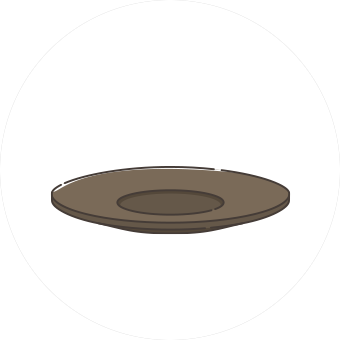
Tea cup saucers (Chataku)
When serving tea to guests, saucers are sometimes placed under the tea cups. Wooden lacquered saucers are often used.

